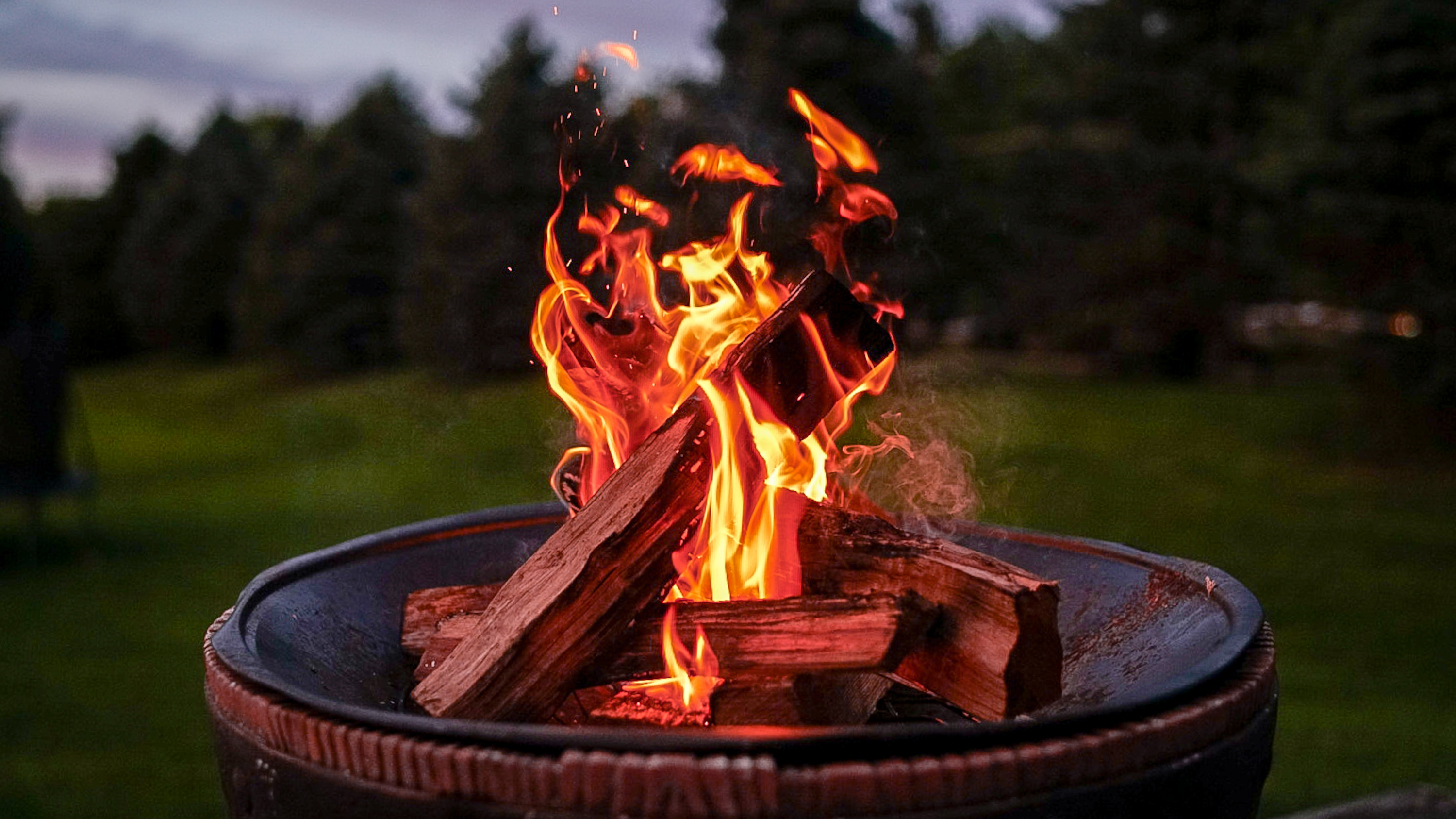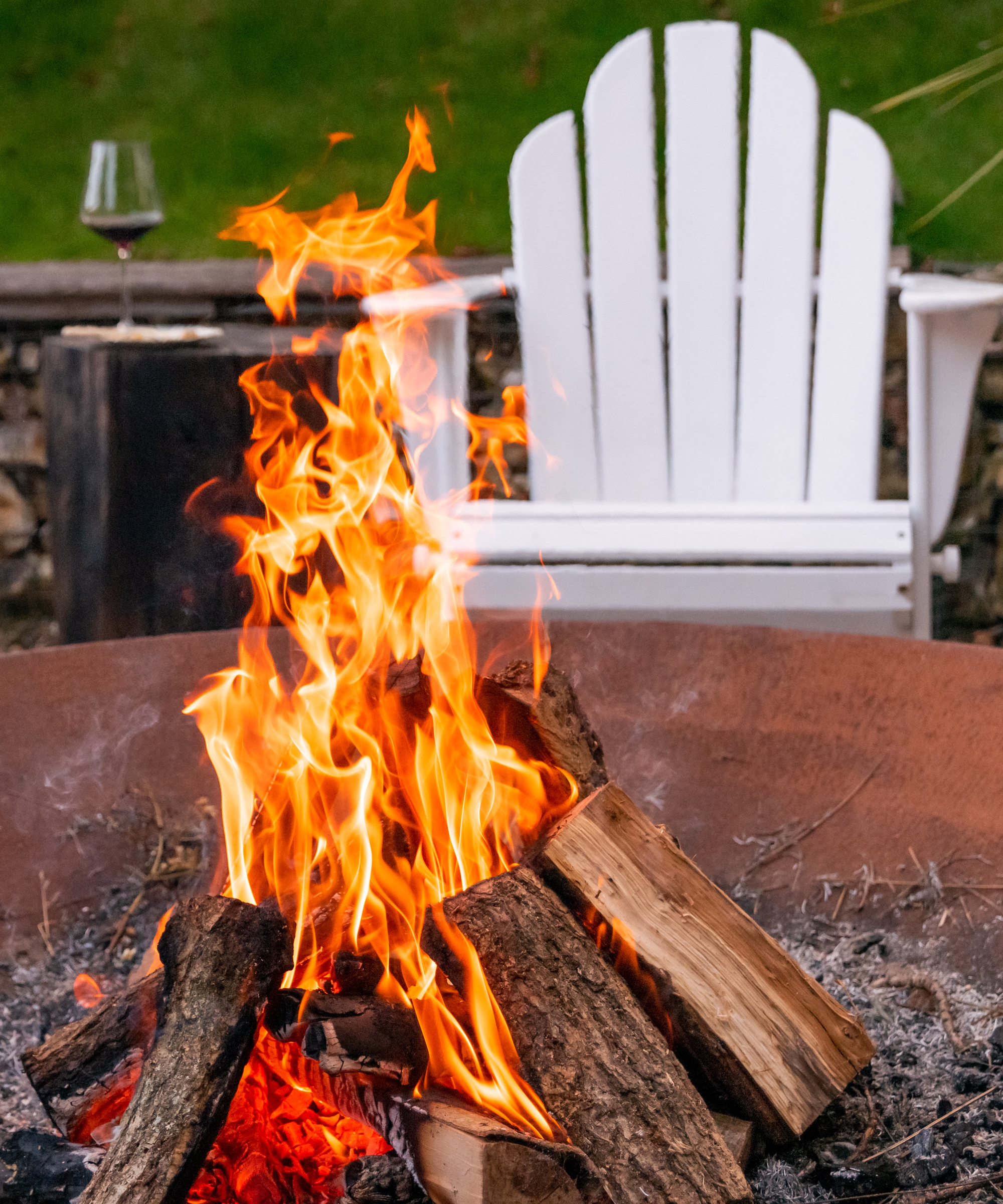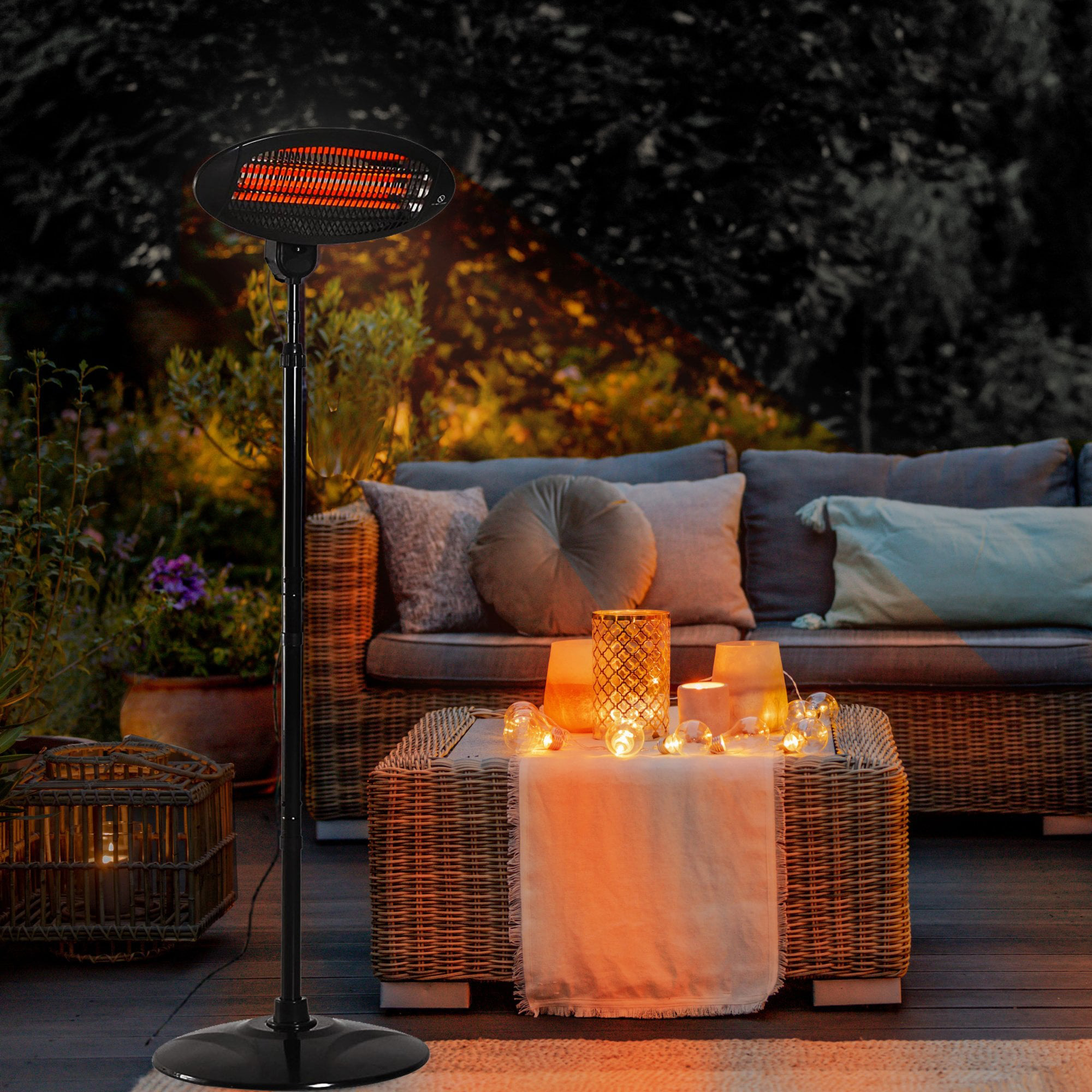Are fire pits bad for the environment? The answer might surprise you
Fire pits are a summer backyard favorite but environmental research reveals that they could be more damaging to the environment than once thought

Backyard fire pits are one of the most popular garden features at the moment. They look great, they add that homey, cozy feel to a backyard, and they seem like a good option because they're all natural. However, paired with the wrong fuel fire pits can be bad news for the environment.
In fact, some scientists argue that you might be better off investing in one of the best patio heaters for your backyard.

Recent research by the Stockholm Environment Institute (SEI) revealed that fire pits pollute the air in a number of ways via the wood smoke they emit. Firstly, the smoke releases methane, carbon dioxide, and black carbon into the air, all of which contribute to climate change. Secondly, the smoke pollutes the air with particulate matter – which is especially harmful to human health and has been linked to respiratory problems and aggravating existing conditions such as asthma.
The findings were described by Dr. Rob Bailis, who works for the American branch of the SEI, in an article in the New York Times, where Bailis said that electric patio heaters are 'probably your most environmentally friendly choice'. Failing that, you should go for propane patio heaters.

This may surprise those of us who have always assumed that gas-fuelled patio heaters are the worst for the environment, but Bailis explains that their use is problematic only on a commercial scale (in restaurants, for example) where they are kept on for very long periods of time. Occasional home use of propane heaters isn't nearly as damaging to the environment.
Tips for making a fire pit more environmentally-friendly
A fire pit will never be completely environmentally friendly due to the smoke. However, if like us, you love the open fire of a fire pit, you can improve its eco credentials by burning the correct fuel.
You can minimize the smoke by always using seasoned wood that has been dried for at least six months and has a moisture content of no more than 20 percent. Dry wood also burns hotter providing more heat.
Wet wood, which means it has over 20 percent moisture will produce more smoke when burnt as the moisture causes incomplete combustion.
Another handy tip form Dr Bailis is to chop up any large chunks of wood into smaller bits. Not only will your fire pit smoke less, but it also will burn more efficiently. If you are armed with the correct fuel you can find the best fire pits in our buyer's guide, and gather your friends round the fire with a clear conscious and cleaner burn.
Anna writes about interior design and gardening. Her work has appeared in Homes & Gardens, Livingetc, and many other publications. She is an experienced outdoor and indoor gardener and has a passion for growing roses and Japanese maples in her outside space.
